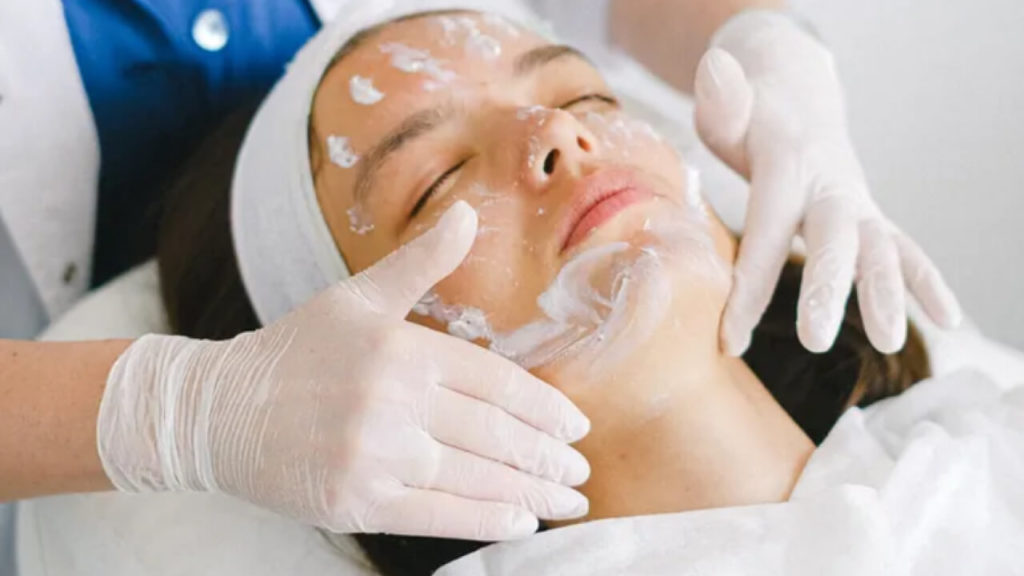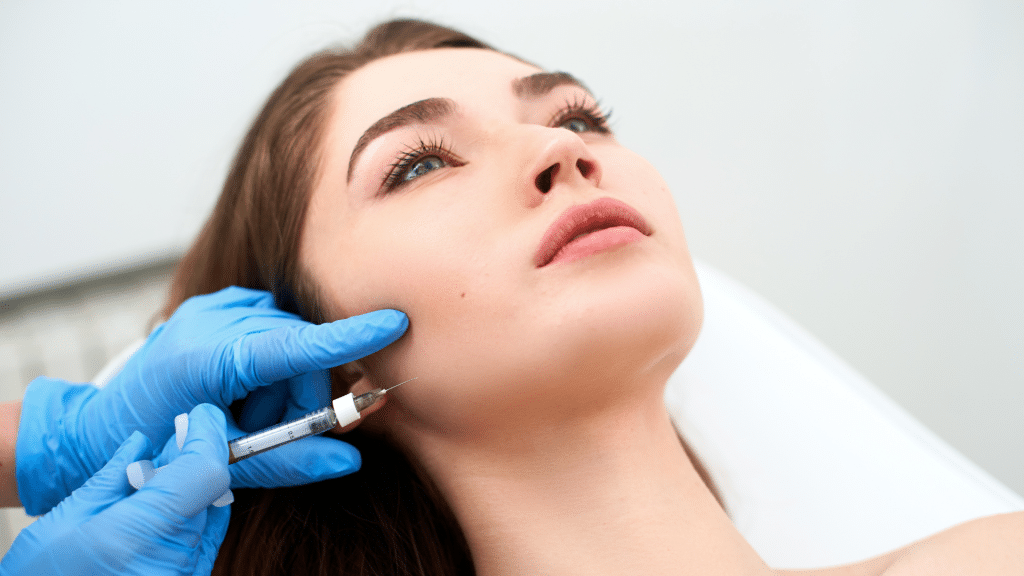Vampire Facial Risks and Side Effects: What to Watch For

Strong 8k brings an ultra-HD IPTV experience to your living room and your pocket.
Vampire Facial, officially known as Platelet-Rich Plasma (PRP) facial, has become a popular cosmetic procedure touted for its ability to rejuvenate the skin using your own blood’s growth factors.
The Vampire Facial—a treatment that combines microneedling with platelet-rich plasma (PRP) therapy—has surged in popularity for its promise of rejuvenated, glowing skin. Celebrities like Kim Kardashian have helped bring this innovative procedure into the spotlight, boosting its appeal for people seeking a non-invasive anti-aging solution.
But while the Vampire Facial is often praised for its benefits, it’s essential to understand the potential risks and side effects before diving in. Like any cosmetic procedure, it’s not without its downsides and safety considerations.
What Is a Vampire Facial?
Before discussing risks, here’s a quick overview of what the Vampire Facial involves:
Blood Draw: A small amount of your blood is drawn.
PRP Extraction: The blood is spun in a centrifuge to separate platelet-rich plasma.
Microneedling: Tiny needles create micro-injuries in your skin to stimulate collagen.
PRP Application: The PRP is applied topically or injected to enhance healing and regeneration.
The goal is to stimulate collagen production, improve skin texture, reduce fine lines, and boost radiance.
Common Side Effects of Vampire Facials
Since the procedure involves both microneedling and PRP injections, some side effects are expected but usually mild and temporary.
1. Redness and Irritation
What Happens: Your skin will likely appear red and flushed, similar to a mild sunburn, immediately after treatment.
Duration: Usually subsides within 24 to 48 hours.
Why: The tiny punctures from microneedling trigger an inflammatory response, which is part of the skin’s natural healing process.
2. Swelling
Mild swelling can occur, especially around sensitive areas like under the eyes or cheeks.
This typically lasts 1-2 days and should gradually decrease.
3. Bruising
Small bruises may develop due to the injection of PRP or microneedling itself.
People prone to bruising or those on blood thinners may experience more noticeable bruising.
4. Tenderness and Sensitivity
Skin might feel tender, tight, or sensitive for a few days.
Avoid harsh skincare products or sun exposure to minimize irritation.
Less Common but Important Risks
While the above side effects are common and manageable, there are some less frequent but more serious risks to be aware of.
1. Infection
Risk Factor: Anytime the skin barrier is breached, there’s a risk of infection.
Proper sterilization and hygiene during the procedure are critical.
Symptoms of infection include excessive redness, warmth, swelling, pain, or pus.
What to Do: Seek medical attention immediately if you suspect infection.
2. Allergic Reactions
Though PRP uses your own blood, allergic reactions to topical numbing creams or other products used during the procedure can occur.
Watch for itching, rash, or hives.
3. Hyperpigmentation or Hypopigmentation
Some individuals, particularly those with darker skin tones, might develop temporary changes in skin color.
Hyperpigmentation (dark spots) or hypopigmentation (light spots) may occur due to skin trauma or inflammation.
4. Scarring
Improper microneedling technique or overly aggressive treatment can cause scarring or textural changes.
Choose an experienced practitioner to minimize this risk.
Who Should Avoid Vampire Facials?
Not everyone is a suitable candidate for the treatment. It’s essential to disclose your full medical history during consultation.
Contraindications include:
Active skin infections (cold sores, acne, eczema)
Blood disorders or clotting issues
Autoimmune diseases
Pregnancy or breastfeeding
Use of blood-thinning medications
History of keloid or hypertrophic scarring
Tips to Minimize Risks
Choose a reputable provider: Ensure the clinician is licensed and experienced with both microneedling and PRP procedures.
Pre-treatment care: Avoid sun exposure, retinoids, or exfoliants a few days before your appointment.
Post-treatment care: Follow aftercare instructions carefully, including gentle cleansing, moisturizing, and sun protection.
Stay hydrated: Proper hydration supports healing.
Avoid makeup for at least 24 hours post-procedure to reduce infection risk.
When to Contact a Doctor
While most side effects resolve quickly, you should seek medical advice if you experience:
Severe or worsening pain
Excessive swelling or redness beyond a few days
Signs of infection (pus, fever, warmth)
Allergic reactions (severe itching, rash, swelling)
Persistent hyperpigmentation or scarring
Final Thoughts
The Vampire Facial offers an exciting approach to skin rejuvenation by harnessing your body's natural healing powers. However, like all cosmetic procedures, it carries risks that should not be overlooked.
Understanding these potential side effects—and how to minimize them—helps you make an informed decision and ensures the best possible outcome. Always consult with a qualified medical professional to discuss your specific needs, medical history, and expectations.
Note: IndiBlogHub features both user-submitted and editorial content. We do not verify third-party contributions. Read our Disclaimer and Privacy Policyfor details.







